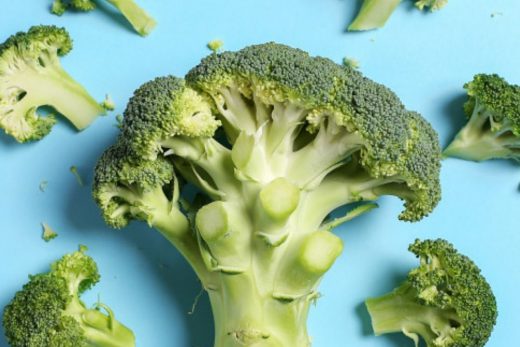As it was emerging as a world power, the United States was rapidly urbanizing, too. By 1900, more than 40% of the population was living in urban areas, and that number would cross 50% in 1920. Fewer and fewer Americans were working on farms, but thanks to improved machinery, new plant breeds, and efficient growing techniques, they were producing far more food than ever before.
The products of those farms were on full display in the Palace of Agriculture, the largest structure on the exposition grounds. Two acres of space were devoted to cereals, tubers, coffee, tea, meat, eggs, spices, beer, whiskey, and, the official guidebook promised, “everything else used as food or drink by mankind.” Within the Palace’s walls, the Borden Company temporarily operated the largest condensed-milk factory in the world, and the Pillsbury Flour Pavilion offered daily demonstrations of the milling of Pillsbury’s Best Flour, along with free samples of bread made from it.





